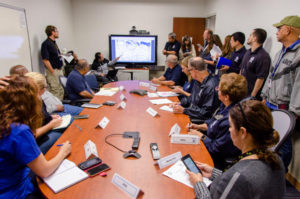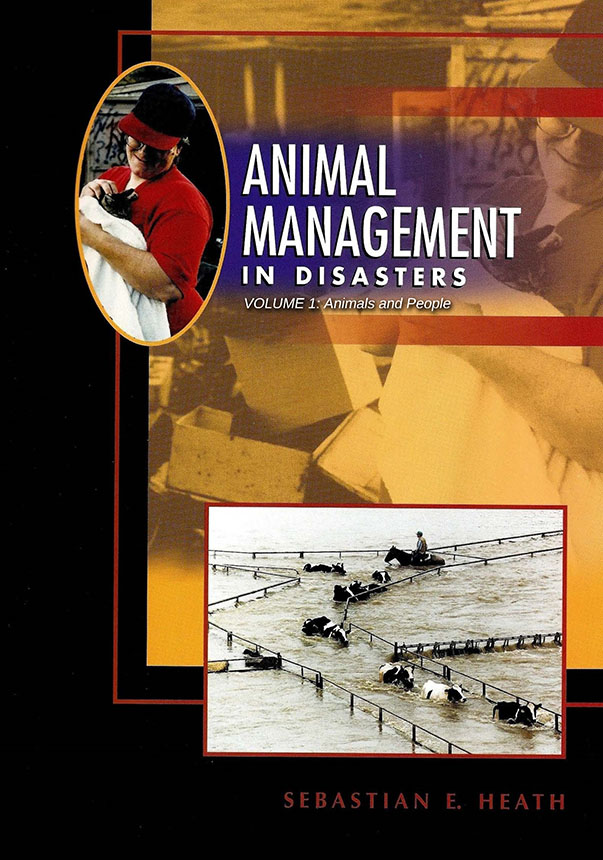Planning
Planning improves all phases of disasters. The planning process is a critical part of creating a functional emergency management system.
During an active planning process stakeholders have the opportunity to work side by side on problem solving, and to get to know each other and the community long before disaster strikes and in ways that are beneficial to the response to a disaster.
Well thought out and implemented plans incorporate the needs of animals and their owners into the Emergency Operations Plan of the community. Pragmatic plans identify and prioritize realistic threats, hazards and vulnerabilities, define the response mission and goals, honestly describe existing capabilities to meet the response goals. Plans based on realistic assumptions allow communities to conduct meaningful capability gap analyses between actual and desired capability, and develop business plans to close capability gaps during any phase of emergency management.
Experts working with animaldisasters.com have extensive knowledge and experience of helping communities and businesses develop effective emergency plans. Examples of how Planning can improve the care of animals in disasters include planning for better:
- Examples of why plans are needed
- Special Considerations when Planning for Animal Care
- Understanding Emergency Operations Plans
- Developing an Emergency Operations Plan
- Who Should be on the Planning Team
- Ensuring Community Officials' Commitment
- Plans as Legal Documents
- Meeting Schedule For Developing the Plan
- Plan Maintenance
- Planning Missteps
- Alternative Approaches to Developing Formal Emergency Operations Plans

Our Services
Experts working with animaldisasters.com have extensive knowledge and experience of helping communities and businesses develop effective emergency plans. With your participation we can help communities develop well thought out plans incorporate the needs of animals and their owners into the Emergency Operations Plan of the community. Become part of an engaged network of planners for the care of animals who can work side by side on problem solving long before disaster strikes and in ways that are beneficial to the response to a disaster.